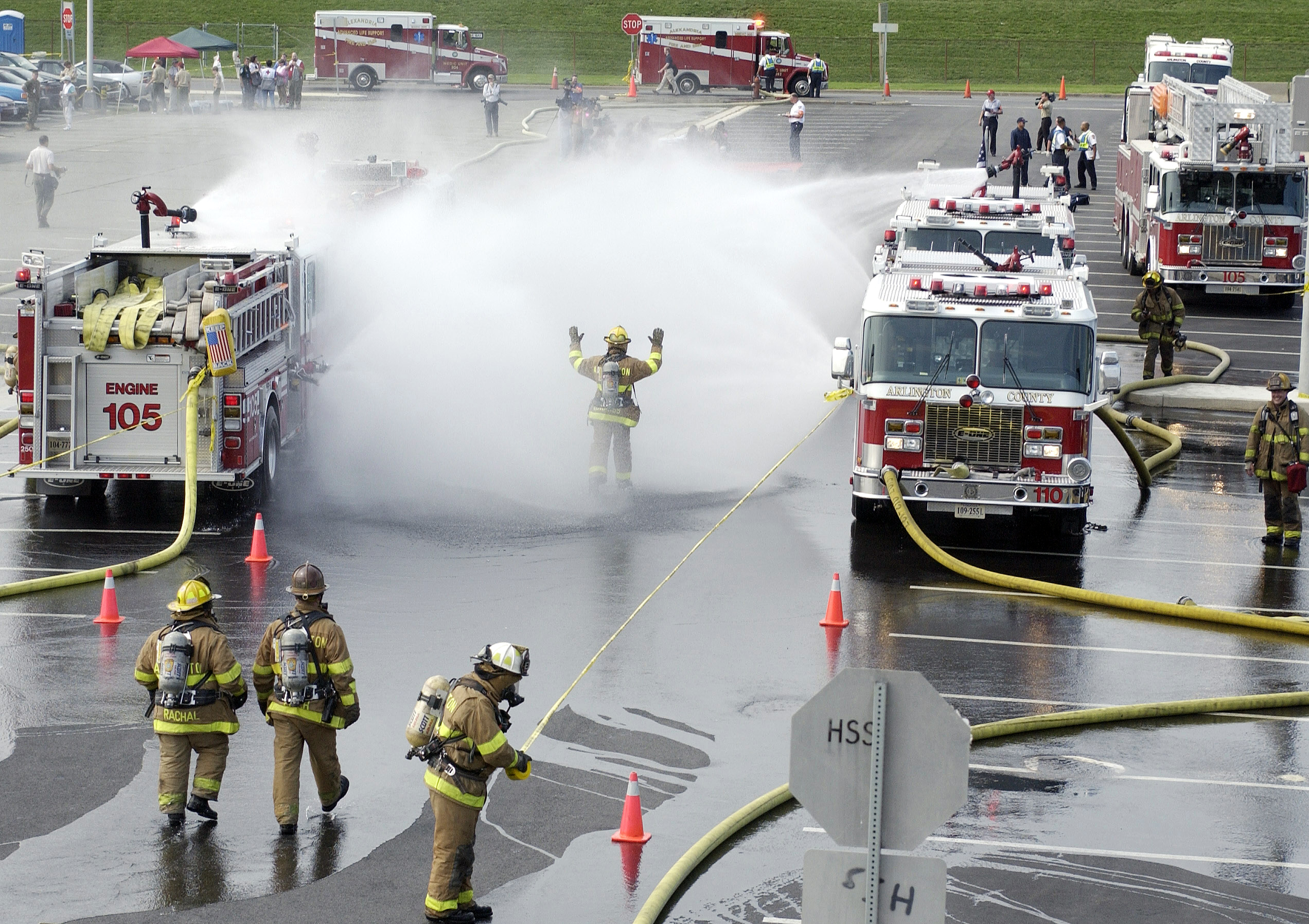Nerve Agents
Published (updated: ).

Nerve agents are chemicals that attack the nervous system of the body and stop it from performing properly. Not all nerve agents are weapons, as chemicals call “organophosphates” are nerve agents that are used as insecticides.

Nerve agents are typically clear and colorless, and may have no odor. They tend to be denser than air and so accumulate in low areas. Nerve agents include tabun (GA), sarin (GB), soman (GD) and VX. VX is significantly more lethal as it tends to be highly persistent and non-volatile. Exposure routes include:
- Inhaled gas
- Absorption through skin
- Ingested from liquid or food.
Nerve agents are highly toxic, and even small amounts can cause health effects if they are inhaled, ingested or if they contact skin or eyes. Health effects occur more rapidly (within seconds to minutes) from inhalation and ingestion exposure than from skin or eye exposure. Minor skin exposures can take a number of hours to cause effects.
Regardless of the route of exposure, nerve agents can cause the following characteristic effects:
- pinpoint pupils of the eye
- excessive production of mucous, tears, saliva and sweat
- headache
- stomach pain, nausea and vomiting
- chest tightness and shortness of breath
- loss of bladder and bowel control
- muscle twitching
- seizures
- coma
- death
Another way to remember the symptoms is to use the SLUDGE pneumonic:
- Salivation
- Lacrimation (crying)
- Urination
- Defecation
- Gastrointestinal distress
- Emesis
Management priorities

The first priority for EMS at any hazardous material or weapon of mass destruction incident is to not become contaminated. Rushing into the scene of a chemical weapon attack to help is counterproductive because the rescuers can also become casualties. The ambulance should wait in a safe area (staging area) until patients have been removed from the materials and decontaminated. Personnel with training and equipment in hazardous materials will be responsible for the initial care of patients which will include decontamination.
Once the patient has been decontaminated, the decontamination crew (probably fire fighters) will bring the patient off to the ambulance which should be parked at the edge of the containment area (referred to as the cold zone). The ambulance crew will perform a primary survey which will indicate the need for airway control, oxygen or ventilation, or special positioning.
